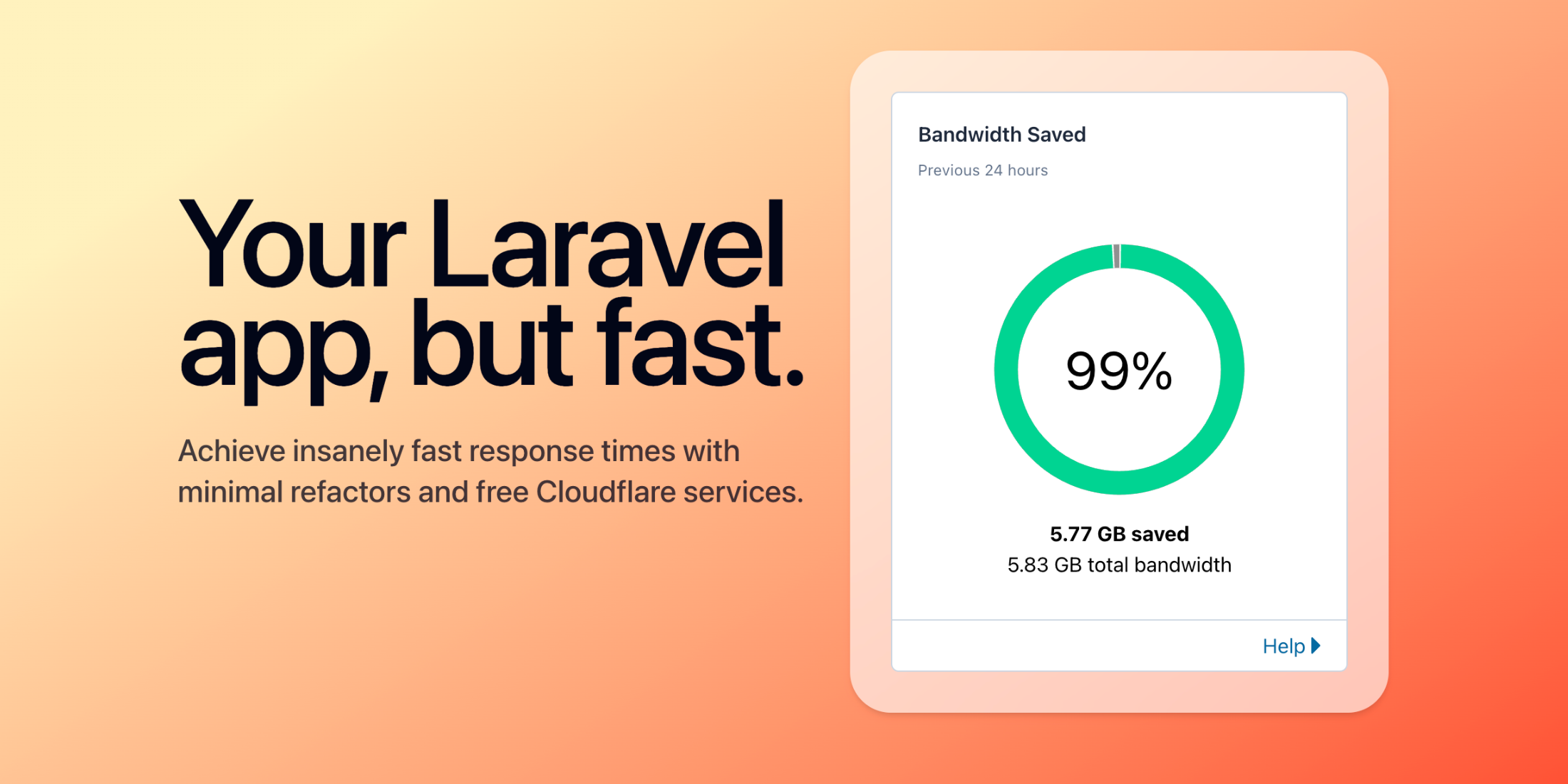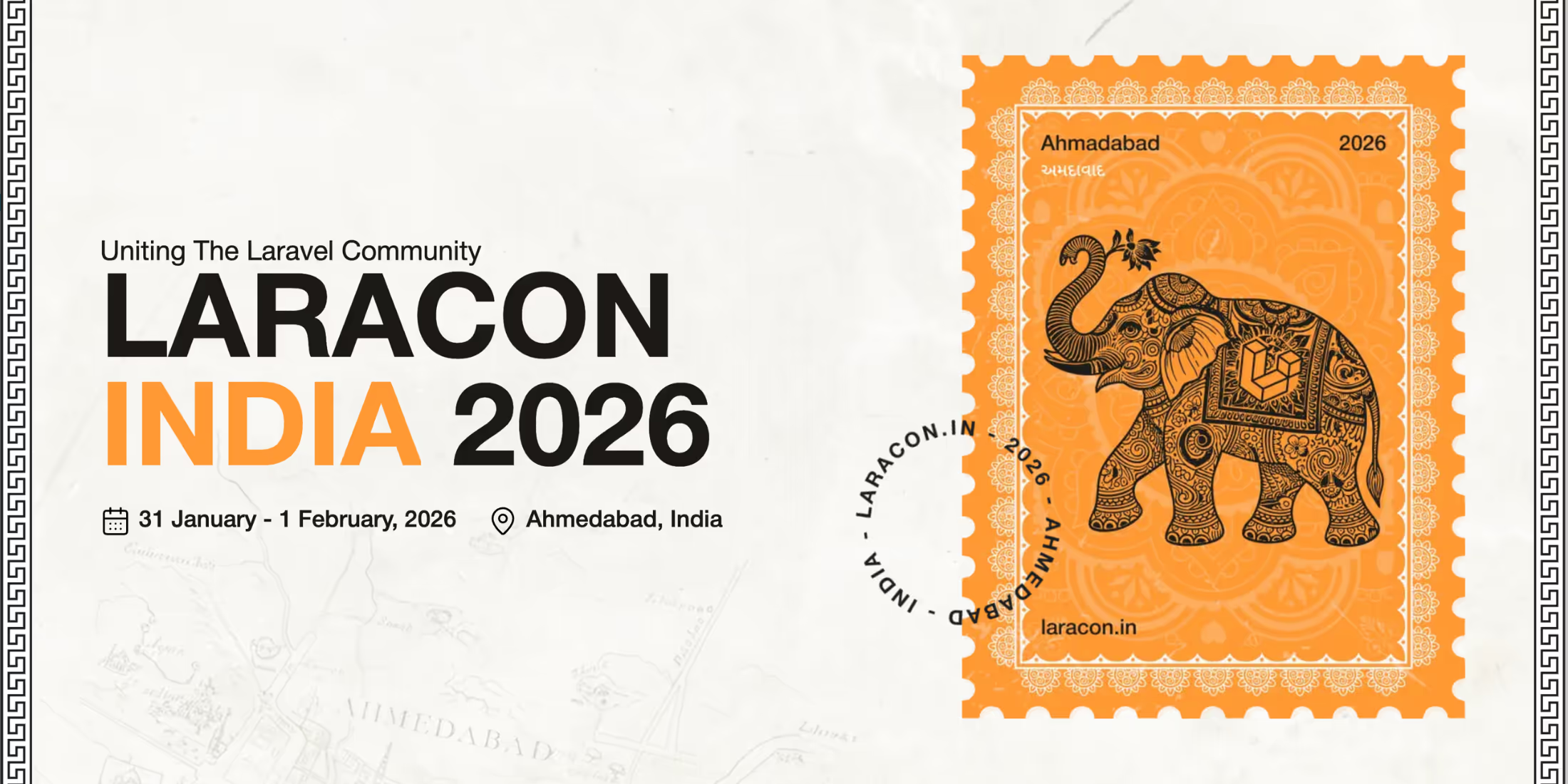Evan You announced the release of Vue 2.5 last week with TypeScript and Error handling, environment-agnostic server-side rendering (i.e., php-v8js), and many other nice features. It’s a great time to be a Vue.js developer, and things just keep getting better! This release is jam-packed with awesome improvements:
Improved TypeScript Support
The TypeScript team contributed to improving Vue’s TypeScript support which is an all-around win for the entire community.
According to the official announcement:
With the help from the TypeScript team, 2.5 offers greatly improved type declarations that work with Vue’s out-of-the-box API without the need for a component class decorator. The new type declarations also power editor extensions like Vetur, enabling better Intellisense support for plain JavaScript users as well. For more details, check out our earlier post regarding the changes.
Error Handling
Vue 2.5 introduces the errorCaptured hook, which captures all errors from child components that you can use to handle errors in a specific part of your application instead of using the global handler.
Here is an example, from this gist Evan You:
Vue.component('ErrorBoundary', { data: () => ({ error: null }), errorCaptured (err, vm, info) { this.error = `${err.stack}\n\nfound in ${info} of component` return false }, render (h) { if (this.error) { return h('pre', { style: { color: 'red' }}, this.error) } // ignoring edge cases for the sake of demonstration return this.$slots.default[0] }})Functional Component Support in Single-File Components
Vue 2 has the idea of a functional component which you can define in a single .vue file with vue-loader >= 13.3.0. In .vue files, functional templates have a functional attribute:
<template functional> <div>{{ props.msg }}</div></template>Environment Agnostic SSR
The new server-side rendering improvements should be of interest PHP developers! Before 2.5, the default build of vue-server-renderer assumes a Node.js environment. Now, in 2.5, the build is “largely environment-agnostic.”
Here’s an example from the release details using php-v8js:
<?php$vue_source = file_get_contents('/path/to/vue.js');$renderer_source = file_get_contents('/path/to/vue-server-renderer/basic.js');$app_source = file_get_contents('/path/to/app.js'); $v8 = new V8Js(); $v8->executeString('var process = { env: { VUE_ENV: "server", NODE_ENV: "production" }}; this.global = { process: process };');$v8->executeString($vue_source);$v8->executeString($renderer_source);$v8->executeString($app_source);?>Here is the app.js:
// app.jsvar vm = new Vue({ template: `<div>{{ msg }}</div>`, data: { msg: 'hello' }}) // exposed by vue-server-renderer/basic.jsrenderVueComponentToString(vm, (err, res) => { print(res)})v-on Automatic Key Modifiers and .exact Modifier
You can use key names from KeyboardEvent.key in kebab-case format instead of having to use the raw keyCode:
<input @keyup.page-down="onPageDown">Another nice v-on addition is the .exact modifier, which is used in combination with system modifiers:
<!-- this will fire even if Alt or Shift is also pressed --><button @click.ctrl="onClick">A</button> <!-- this will only fire when only Ctrl is pressed --><button @click.ctrl.exact="onCtrlClick">A</button>Check out the full release notes for more details on the Vue 2.5 release. Also, check out Evan You’s Vue 2.5 release details gist for even more release details and code examples.











